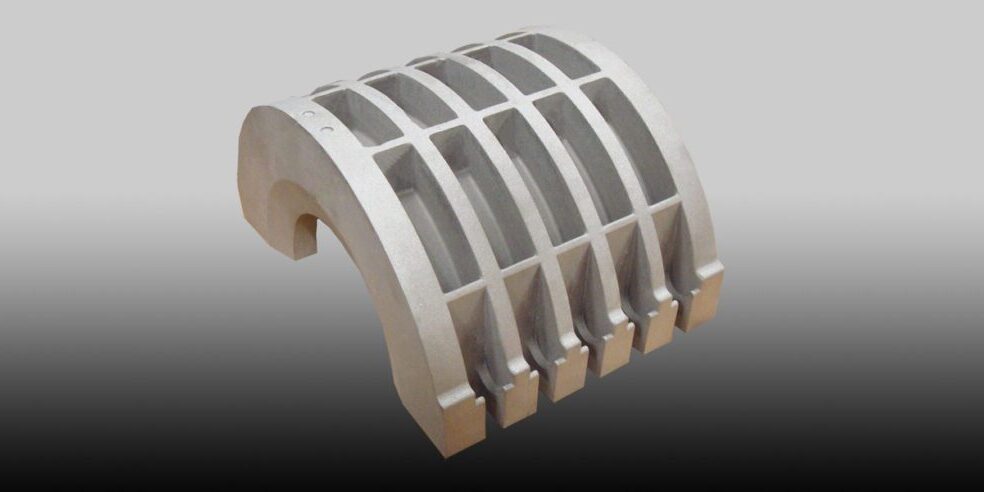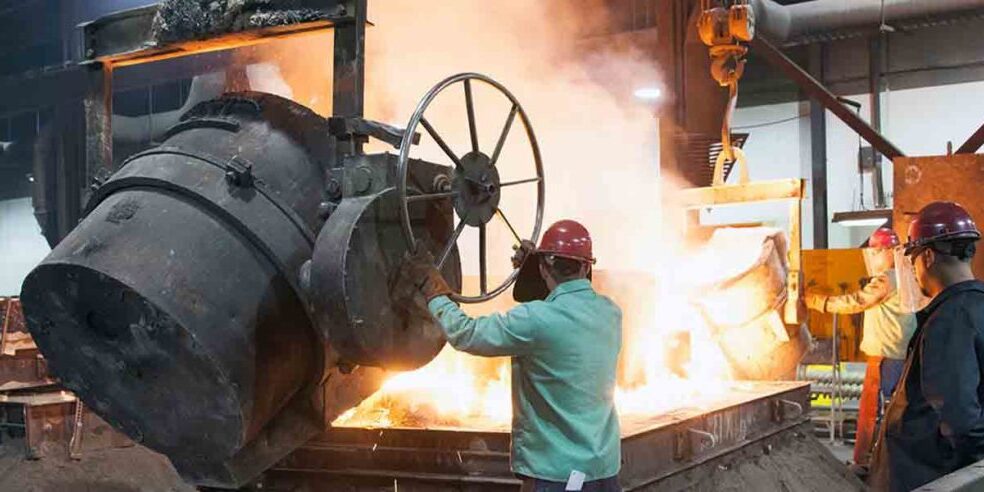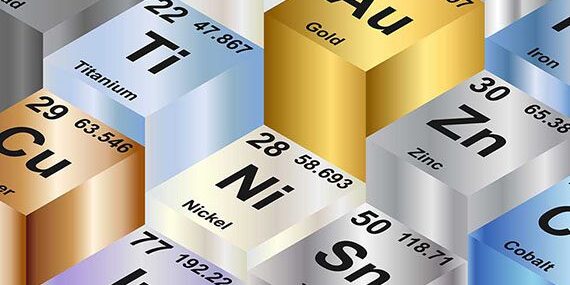Blog Can You 3D Print Metal?
When it comes to cutting-edge manufacturing technologies, one question often arises: can you 3D print metal? The short answer is yes, and MetalTek is here to guide you through the fascinating world of metal 3D printing. As industry leaders, we pride ourselves on providing accurate information and advanced solutions to meet your manufacturing needs.
What Is Metal 3D Printing?
Metal 3D printing, also known as additive manufacturing, is a revolutionary process that allows the creation of complex metal components layer by layer. Unlike traditional subtractive methods, where material is removed from a larger block, metal 3D printing adds material only where needed. This technique not only reduces waste but also enables the production of intricate geometries that are difficult or impossible to achieve with conventional methods.
How to 3D Print Metal
The process of 3D printing metal typically involves the following steps:
- Design: A digital 3D model is created using CAD (Computer-Aided Design) software. This model serves as the blueprint for the printing process.
- Preparation: The CAD file is converted into a format compatible with the 3D printer for metal. The model is then sliced into layers, which the printer will build sequentially.
- Printing: Depending on the technology used, the 3D printer applies metal powder or wire, which is melted and fused layer by layer using a heat source such as a laser, electron beam, or arc.
- Post-Processing: After printing, the component may require heat treatment, machining, or surface finishing to meet specific requirements.
Technologies Used to 3D Print Metal
There are several methods for metal 3D printing, including:
- Laser Powder Bed Fusion (LPBF): A laser selectively melts metal powder to create the desired shape. This is the process that MetalTek’s Wisconsin Investcast Division utilizes.
- Electron Beam Melting (EBM): Uses an electron beam to melt metal powder in a vacuum environment.
- Binder Jetting: Combines metal powder with a binding agent, followed by sintering or infiltration to solidify the part.
- Wire Arc Additive Manufacturing (WAAM): Utilizes metal wire and an arc welding process for large-scale production.
Applications of Metal 3D Printing
From aerospace to medical devices, the ability to 3D print metal has transformed numerous industries. Here are a few examples:
- Aerospace: Lightweight yet strong components for aircraft and spacecraft.
- Medical: Customized implants and prosthetics tailored to individual patients.
- Industrial: Complex tools and machinery components.
- Automotive: High-performance parts for engines and prototypes.
Why Choose MetalTek for Your Metal 3D Printing Needs?
At MetalTek, we understand the unique challenges and opportunities that come with 3D printing metal. With our expertise and state-of-the-art equipment, we provide tailored solutions that ensure precision, durability, and efficiency. Whether you’re exploring how to 3D print metal or need advanced components produced, MetalTek is your trusted partner.
Conclusion
The question isn’t just “can you 3D print metal?” but rather, “how can you leverage metal 3D printing to achieve your goals?” At MetalTek, we’re dedicated to helping you unlock the full potential of this groundbreaking technology. Contact us today to learn more about our 3D printing capabilities and how we can help bring your ideas to life.
For more insight on 3D metal printing, explore MetalTek’s blog or Contact Us for personalized support. Let MetalTek be your authoritative source for everything related to metal 3D printing.



